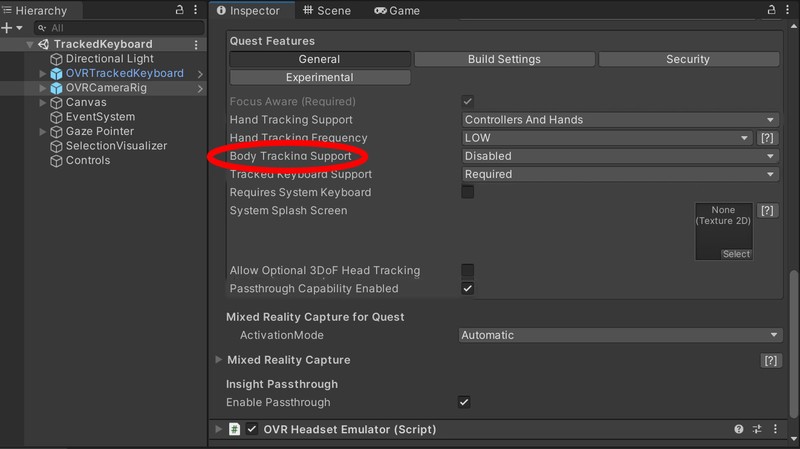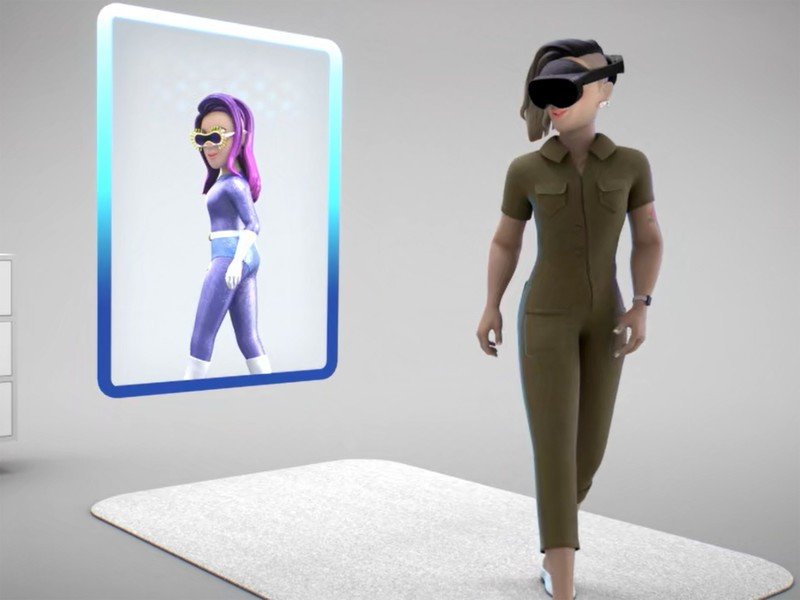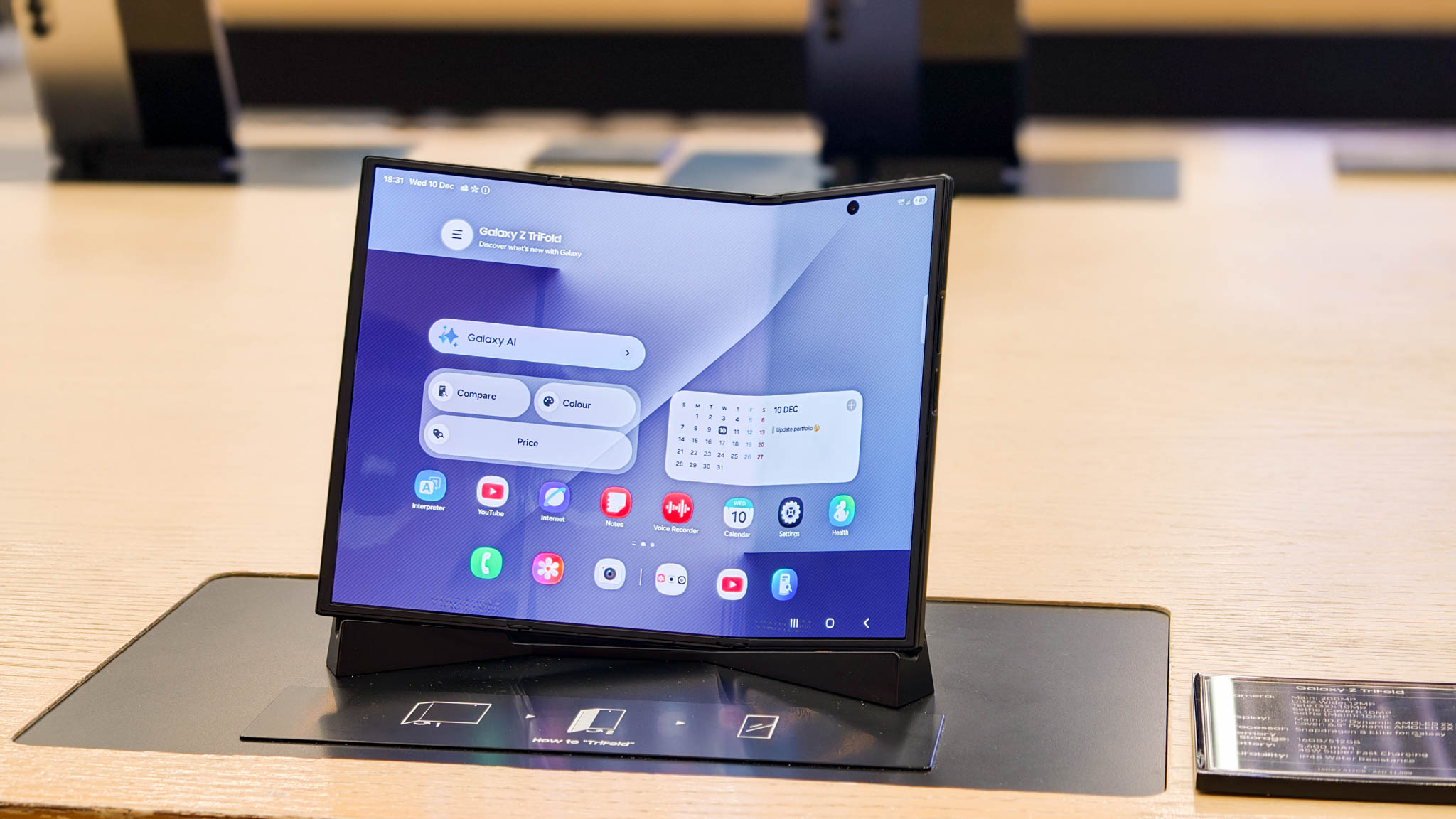The Oculus Quest could get full body tracking in the near future

What you need to know
- The latest Oculus SDK for Unity features a new experimental option called body tracking.
- The SDK doesn't specify a Quest headset model, meaning this could be in the works for the Quest 2 and upcoming Quest Pro.
- Quest Pro leaks last year suggested body tracking could be done via a full-height mirror in the room.
If you've ever wondered why VR avatars are often legless blobs hovering in the air, it's because current VR headsets can only accurately track a user's arms and head movements. But the latest release of the Oculus Software Development Kit for Unity (SDK for short) has a new reference in it that could solve this problem: body tracking.
First found by UploadVR, the latest SDK features a new "body tracking" entry under the experimental features, nested between the existing hand tracking and tracked keyboard features. Supernatural VR creator, Chris Milk, previously teased this feature on the Quest 2 just a few days ago.
The SDK doesn't specifically reference which Quest headset this new feature is being built for, but it's likely that we'll see this on the Quest 2 and the upcoming Quest Pro. We've highlighted the specific entry in question in the screenshot below.

Meta's next VR headset, officially known as Project Cambria but presumed to later be called the Quest Pro when it releases sometime this year, has been described by Meta as a higher-end headset that's made to exist alongside the Oculus Quest 2, not as a replacement for it.
Having the ability to track a user's entire body would be an excellent way to enhance the best workout games for Quest and make social presence even more rewarding in titles like VR Chat. PC VR players can already enable body tracking if they're using a SteamVR headset that's compatible with HTC Vive Trackers, but this is a significantly more complicated and expensive way to do it.
The original Project Cambria leak back in October 2021 suggested that body tracking would likely only be possible for users who happen to have a full-body mirror. This would make sense since the cameras located on a potential Quest Pro would only be able to see a portion of a user's body, not the entire thing.

Previous leaks have suggested that Project Cambria's controllers would also feature cameras onboard, but it's not clear what these cameras would be used for — and if they could be used for something like body tracking. Since there's no official announcement of how body tracking would work, it's impossible to be sure of how Meta would be doing the calculation.
Get the latest news from Android Central, your trusted companion in the world of Android
Meanwhile, Sony is working with partners on eye tracking for PS VR2 to help the PS VR2 deliver cutting-edge visuals as well as a unique social presence through the ability to make eye contact in VR.


